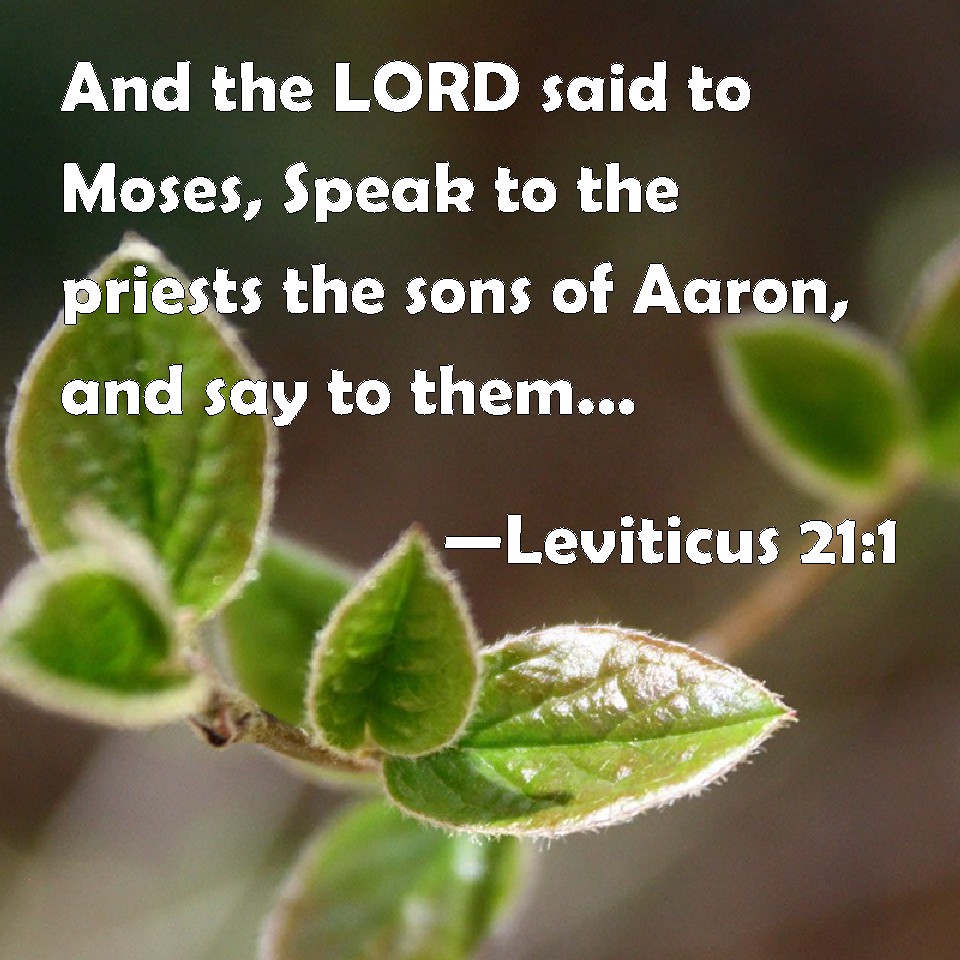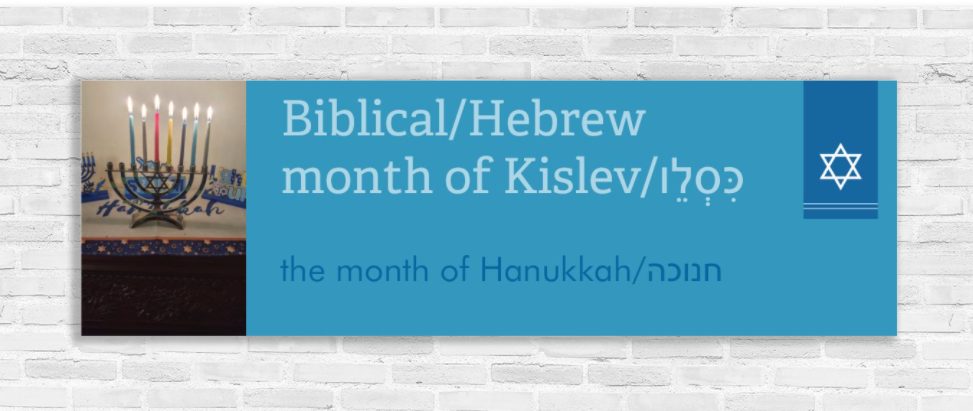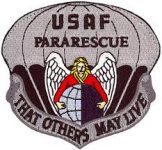‘EMOR אֱמֹ֥ר (Say) LEVITICUS 21:1 – 24:23

PROPHETS : EZEKIEL 44:15-31| GOSPEL : MATTHEW 26:59-66
TORAH:
The parashah begins with YaHVaH telling Mosheh to say to the Kohaniym (priests). Chapter 21 is full of laws directed at the priests.
It begins with a prohibition of the priests not coming into contact with a dead body of another person; unless the body is of the priest’s close relative or legal wife. The Scripture spells out who the priest’s close relatives are: father, mother, son, daughter, brother, and a virgin sister. Interesting separation of the sister who is an unwed virgin. The mother, of course, does not have to be a virgin because she gave birth to the priest. However, why does the priest’s daughter not have to be a virgin? Wouldn’t she also be a desecration to the priest if she was wed to a man? Anyway, the legal wife is defined a few verses later as a woman who is not a harlot/whore, who is not desecrated, and who is not divorced from another man. This may be where a supposed custom of the priests being required to marry a virgin teenage girl, so as to not violate that commandment. The High Priest was required by Scripture in verses 10 to 15 to only marry a virgin female, to not contaminate himself with any dead person (including his close relatives), and to always have his head covered. Back in verse 5, the regular priests were only required to not have a bald spot on their head and not shave the corner of their beards. Verses 16 to 24 spell out that a priest who has a blemish or a physical deformity cannot offer the bread offerings to YaHVaH on the altar. They can still be a priest and partake of the food offered, but must not approach the altar.
Chapter 22 begins with the requirement that no priest or man of their offspring shall approach the holy place with a contamination. A contaminated person is listed in the following verses as a man with a disease, a man with oozing pus from a sore, a man who has touched a dead body, a man who has an ejaculation, and a man who touches any swarming thing (insects). The contaminated man may not even eat of the holy food. However, they are only listed as contaminated until evening whereby they bathe themselves and become pure, able to eat of the holy food again. Verse 10 further explains who of the priest’s household may partake of the holy food. The Scripture lists only two persons of his household who can partake: his children born in his home and a person bought with money for his household. This then would disqualify his wife, his mother and father, his siblings, any hired servants, and any additional persons residing with him. Even his daughter, if married, cannot partake unless she has become a widow or divorcee and moves back home.
Verses 17 to 24 describe the unacceptable animal sacrifices that the people may bring for the altar. The animal must be a male and must not have a blemish of any kind, not blind or broken or with split eyelid, not have a wart, not have a skin eruption, and not have any damage to it’s testicles. An ox or sheep with one leg longer than the other or unsplit hooves may only be a donation, not a vow offering for the altar. Verse 25 states that stranger may not make the offerings. Verse 27 says the animal must be at least 8 days old to be an acceptable offering. Verse 28 says an ox (cow), sheep, or goat cannot have the parent and offspring slaughtered on the same day. Verse 30 says the feast thanksgiving offering must be eaten the same day. These are commandments and YaHVaH ends with you shall observe and perform my commandments.
Chapter 23 is a full list of ALL the festivals that shall be observed, the dates to be observed, and requirements of observance. In this list, YaHVaH spells out which days of these festivals are seen also as High Sabbaths.
Chapter 24, verses 1 to 9, describes how the menorah is to be installed and burn continuously, along with the Show Bread to placed in the Sanctuary on the Sabbath. Verses 10 to 16 describe how a blasphemer of YaHVaH is to be put to death, whether an Israelite or a foreigner. Verses 17 to 22 is where it is commanded to stone (kill) a person who commits murder, where a person who damages someone else’s body may be damaged the same way (an eye for an eye, a tooth for a tooth, a cut for a cut, etc.), and where someone who kills an animal of another’s will give restitution (a life for a life). The chapter ends with this is one commandment for ALL.
Previous: KEDOSHIYM
Next: B’HAR







